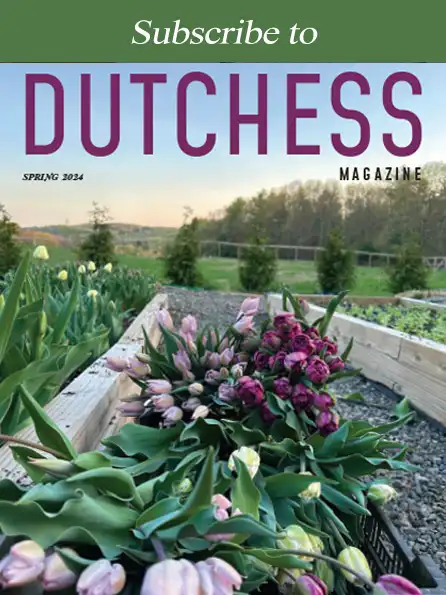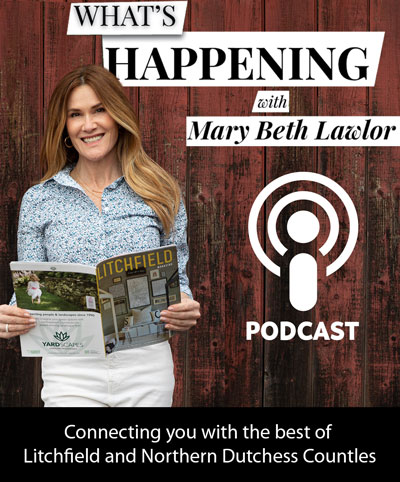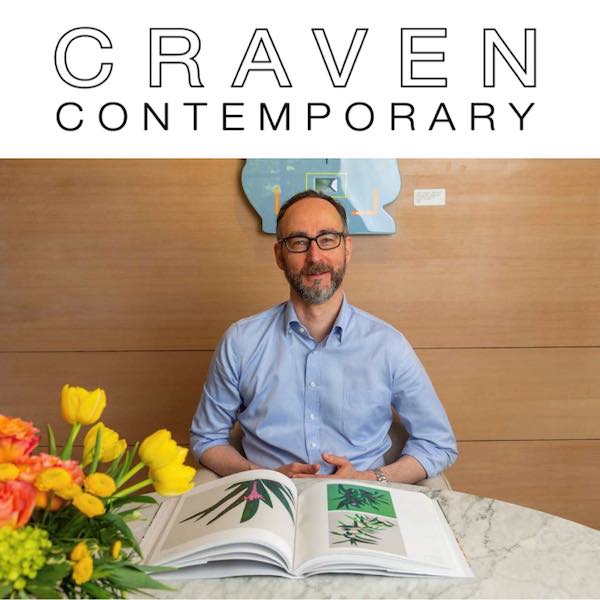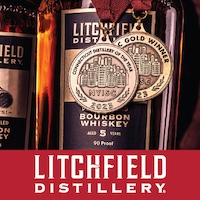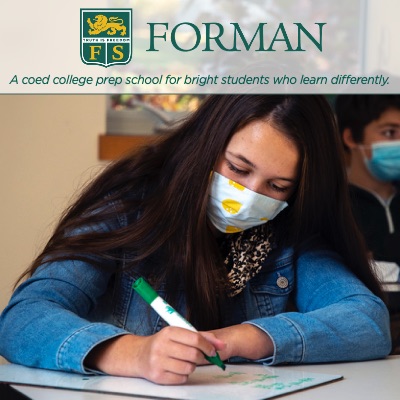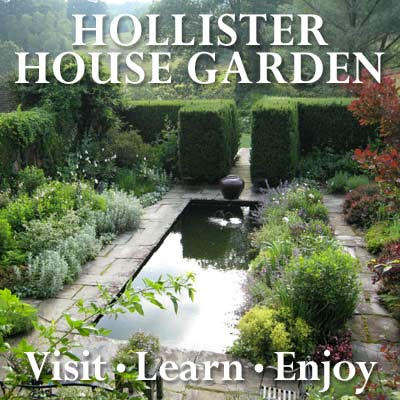David Leff Reveals What’s Hidden in Plain Sight
If you’re steering down a back road in Connecticut and the car in front of you seems to slow a lot, break a bunch, perhaps even pull over suddenly, it very well could be that author David Leff is in the driver’s seat. He admitted to being the type of guy to veer off should something catch his eye. “Absolutely. I always have a pen and pad and most of the time, a camera with me. I try to notice things that are a little different and off kilter.” We’ll give him the benefit of the doubt that stop signs and lights are likewise observed.
Old mile markers and street names capture his interest, “They are the biography of community,” as do a host of other often overlooked landmarks in Mr. Leff’s recent book, Hidden in Plain Sight: A Deep Traveler Explores Connecticut,” no zinc tombstone is left unturned. Did you know that the hollow, cast metal gravestones were made in Bridgeport around the time of the Civil War? Neither did we. Such intriguing surprises crop up throughout this delightful collection of beckoning observations.
“I grew up here [CT] and just never lost that childlike curiosity about things. I find that the more I look around me, the more interesting things I see.” Painted rocks (Cornwall’s infamous frog leaps from the pages), roadside springs, even Quonset huts excite Mr. Leff, like some kind of archeologist of abandoned buildings and byways. “If we look at the common places that we see every day as if we were on vacation, with that heightened awareness, we’ll find wonders we never imagined. Small wonders, but nevertheless things that add intrigue to our landscape, and our lives and really enrich the place we live.
One could easily draw certain parallels between the concept of deep travel and other practices of mindfulness, such as the slow food movement. Remembrance and nourishment on some level. “We can draw a lot of sustenance from the physical world around us if we know what to look for. How to look. It’s not just an appreciation of the past. If we understand that places exist in time and in space. Let’s say you go into an old town center and see Second Empire homes with Mansard roofs. You know then that this was a place of great activity and some amount of wealth after the Civil War. You can see how they’ve changed over time. Perhaps they’ve become commercial spaces; maybe they’ve deteriorated or a row is missing and there’s a square brick building now standing that doesn’t seem to fit. All of these things tell stories.”
As human beings, we thrive on stories. That’s why we read books, go to the theatre, or read sites such as this. And it seems that we can also learn to read the landscape as a lesson from the past on how to possibly navigate the present, anticipate the future. “What we acquire by looking are the questions we need to ask. The answer isn’t always immediately there. Most people don’t appreciate where they live. It’s familiar. But the more we really explore them, the more we’ll find them fascinating. Sometimes fall in love with them. That’s key to making a better place. Nostalgia is a deathly attribute, it mires one down. It’s great to appreciate and protect the past, but to just be wistful really didn’t get us anywhere. When you love and have a feel for a place you invest in and want to protect and grow it, compatible with its origins.
Here in the Northwest Corner of Connecticut, where historical preservation and land conservation seems to be a common mission, the awe makers might seem obvious but look again. Do you know why a tank sits on the New Milford town green? What the shape and color and age of the barn you’ve snapped so many photos of, once produced?
To become better students of our surroundings, Mr. Leff suggests tracking a mix of natural and built environment and nearby, recommends that everyone pay a visit to Gold’s Pines. “You walk into that space and even little kids, who might normally be noisy, go quiet. The closest experience I’ve had to it is walking out of the din of Fifth Avenue into Saint Patrick’s cathedral. You get that same feeling. You’re just hushed.”
Entering another Connecticut roadside attraction, the diner, also temporarily throws your bearings. “You walk into one and it’s like an ongoing town meeting. Which high school team won. Local issues are debated, whether about the school board or sewage system. It’s hard not to get involved sometimes.” Any area favorites? “Collins in Canaan is just a beauty. Sky, cobalt blue interior and stainless steel. It’s one of the best.”
Just a few minutes into our conversation and we’re anxious to wander our property or hop in the car for a tootle around town. Words like tootle bubble up when you mix past and present—fun occupational hazard. “Litchfield County has some fantastic cider mills, such as Park Lane in New Milford, where you can get a taste of the land itself.” Hearing of apple orchards, thyme scented cemeteries and Connecticut’s two literal high points leaves me feeling adventurous. The book has the same spirited voice and effect.
“One of main reasons for my writing this was not to give a definite treatment of any of these subjects but just to get people kind of curious and interested in doing some of their own exploring. It’s oriented towards Connecticut because that’s what I know but there are so many other things to watch out for, not limited to what I discussed, anywhere. We’re only limited by our own creativity.”
The next time we’re out and about, we plan to be on the watch for clock towers and public fountains, log heights of crumbling stone walls and circumference of majestic trees. We ‘re grateful to see our own area in a new light. While paying attention to traffic laws, of course. Canton (“I can see Litchfield County from my house.”) resident, David Leff will be signing copies of Hidden in Plain Sight on December 9th at 2pm at The Hickory Stick Bookshop. SEE our GOINGS ON section this month. If you’d like to follow his recent travels or send in a spotting of your own, Mr. Leff welcomes you to explore his website: www.davidkleff.typepad.com.
A veritable scavenger hunt celebrating the commonplace, some nearby notables:
Milestones: There are at least a couple on Rte. 202 just west of the Litchfield green indicating how far to Hartford and New York. There’s also one just before coming into New Milford.
Cemeteries: There are some cool ones, some abandoned, some historic but a favorite is the Lighthouse Cemetery in People’s Forest in Barkhamsted. There once was an early, basically outcast, community there and the cemetery still exists. Fine examples of zinc tombstones that can be read more clearly than stones are the monumental, beautiful ones of North in Woodbury, North Colebrook cemetery and Hillside Cemetery in Thomaston.
Summits: Unique among states, there are two high points in Connecticut, both in Salisbury: Bear Mountain and Mount Frissel.







